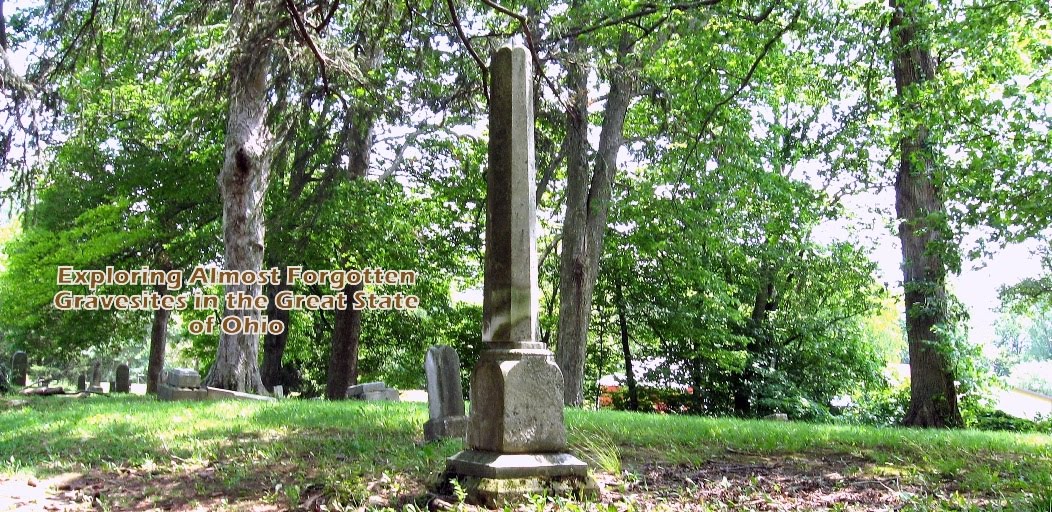These
photos are close up views of the upright marker for Solomon Ennis who
died February 13, 1848 and was buried at the Bedford Cemetery in
Bedford, Cuyahoga County, Ohio.
The photograph on the left was taken September 3, 2012 by a "Find A Grave" contributor and prior to any repair or cleaning application.
The photograph on the right
was taken on April 12, 2015 during my visit to the Bedford Cemetery.
This photograph shows us the stark contrast to the one taken in 2012.
It shows us what it looks like now after it was repaired and highly
polished with a power tool.
This gravestone was repaired, cleaned, and polished sometime in 2013 -
2014. While the repair work to the cracks appears to have been done in
an acceptable manner, however, the unnaturally bright white and shiny
highly polished surface finish is indicative of other gravestones in
this cemetery that have been known to be polished using a Nyalox Brush on a power drill.
This
gravestone had clear deeply carved lettering and a beautifully carved
open Bible motif that were all diminished in depth and clarity by the
abrasiveness caused by use of one or more Nyalox Brushes rotating at
high speeds attached to a portable power drill.
Obviously,
using power tools on gravestones is not condoned by nationally
recognized professional gravestone organizations and their conservators
such as NCPTT and A.G.S.
Unfortunately, this marker has lost some of the outer 'skin' because this aggressive and abrasive method that had been evidently used one or more times over all of its marble surface during the 'polishing' process.
Based
on photographs of other gravestones that were taken right after they
were subjected to such 'treatment' that are published online, marble dust
can be seen surrounding the gravestone as well as on any plant life
near it.
Sadly,
often those who use this damaging 'treatment' defend and promote it in
their business and at workshops they hold as being part of a restoration
process; 'restoring' the gravestone back to its original condition.
That they are in the business of restoration and not preservation or
conservation.
This
begs the question, how can a peeling away a layer of stone return it to
its original condition? -- And, the fact that they, themselves, were
not taught by any nationally known reputable preservation organization's
conservator to engage in this type of 'polishing' of gravestones activity in the
first place?
Seeing is believing, and so is touching -- feeling the surface of a gravestone such as Solomon Ennis' and noting how it compares to the few other marble markers in the same cemetery still in their original condition; those that thus far have escaped being subjected to any type of aggressive polishing 'treatment.'
Those fortunate markers still have their natural graining because they have escaped being highly polished into a shiny 'bleached' bright white finish. Hopefully, they can continue to remain untouched and retain their originality and dignity that has been theirs since they were first placed to honor the departed person whose gravesite they stand guard over.

